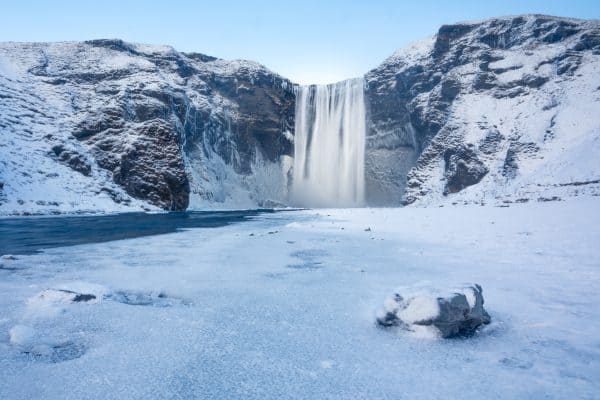Winter is coming, and with it comes the threat of frost and freezing temperatures.
As a gardener or farmer, you know all too well the devastating effects that a harsh winter can have on your plants and crops.
From wilted flowers to ruined harvests, frost and freezing can turn a thriving garden into a barren wasteland in the blink of an eye.
But fear not! By understanding the science behind frost and freezing, as well as the different ways to protect your plants and crops, you can turn this winter into a bountiful season.
Join us as we delve into the world of frost and freezing and discover how to keep your plants and crops safe and healthy all winter long.
The Science Behind Frost and Freezing
Frost and freezing temperatures can be tricky to understand. But don't worry, we're here to help!
Frost forms when the temperature drops below freezing, but the air is still moist. Moisture in the air freezes onto surfaces, creating frost.
Freezing temperatures occur when the temperature drops below 32 degrees Fahrenheit (0 degrees Celsius). This can cause damage to the water inside of plants and crops, leading to wilting, leaf drop, and even death.
NOTE: WE MAY GET A COMMISSION IF YOU DECIDE TO MAKE A PURCHASE THROUGH THESE LINKS. THERE'S ADDITIONAL NO COST TO YOU. CHECK THE BOTTOM OF THE PAGE FOR MORE INFORMATION.

Not all plants are equally susceptible to frost and freezing temperatures. Some plants, such as succulents, can survive in extremely dry and cold climates. While other plants, such as tropical plants, will struggle to survive in even a mild frost.
It's important to understand the hardiness of your plants and crops. This will help you determine the best ways to protect them during the winter months.
Now that we have a better understanding of the science behind frost and freezing, let's take a look at how different types of plants and crops are affected by these harsh winter conditions.
Effects on Different Types of Plants
Different types of plants have varying levels of tolerance to frost and freezing temperatures.
Annuals
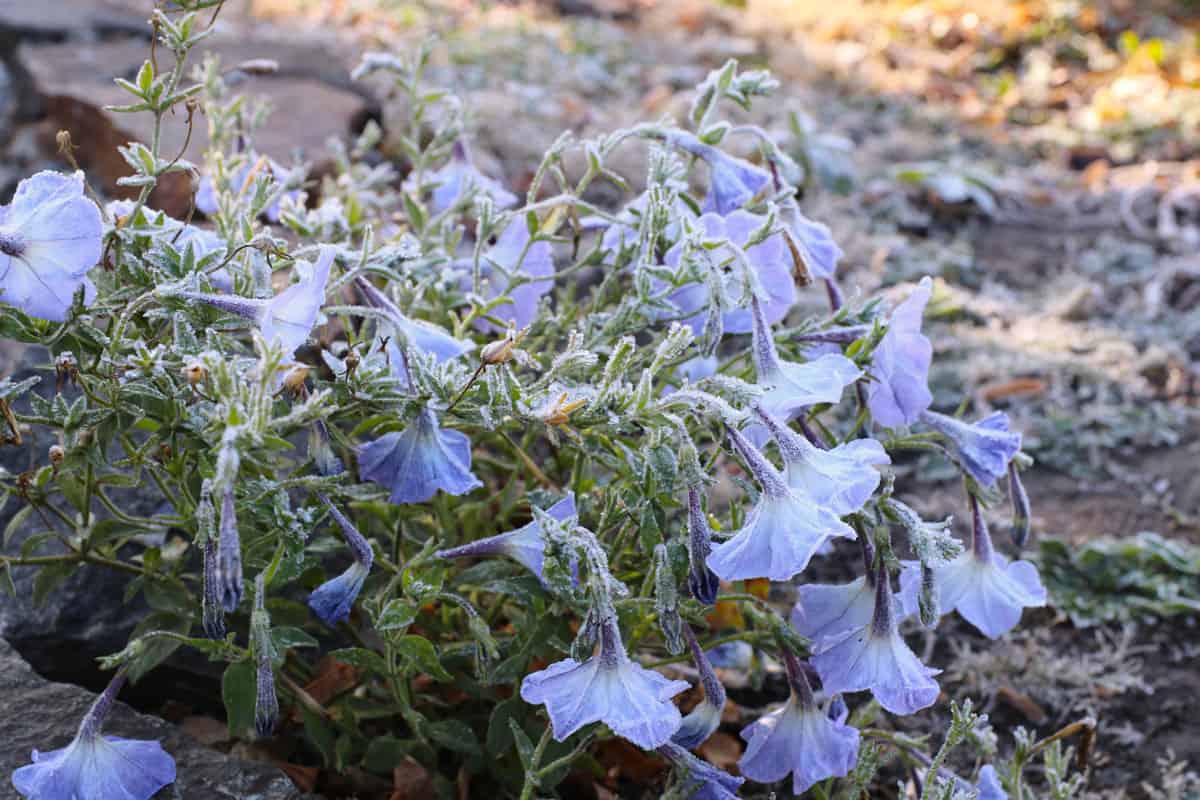
These plants typically die after one growing season. They are not usually able to survive frost and freezing temperatures.
Perennials
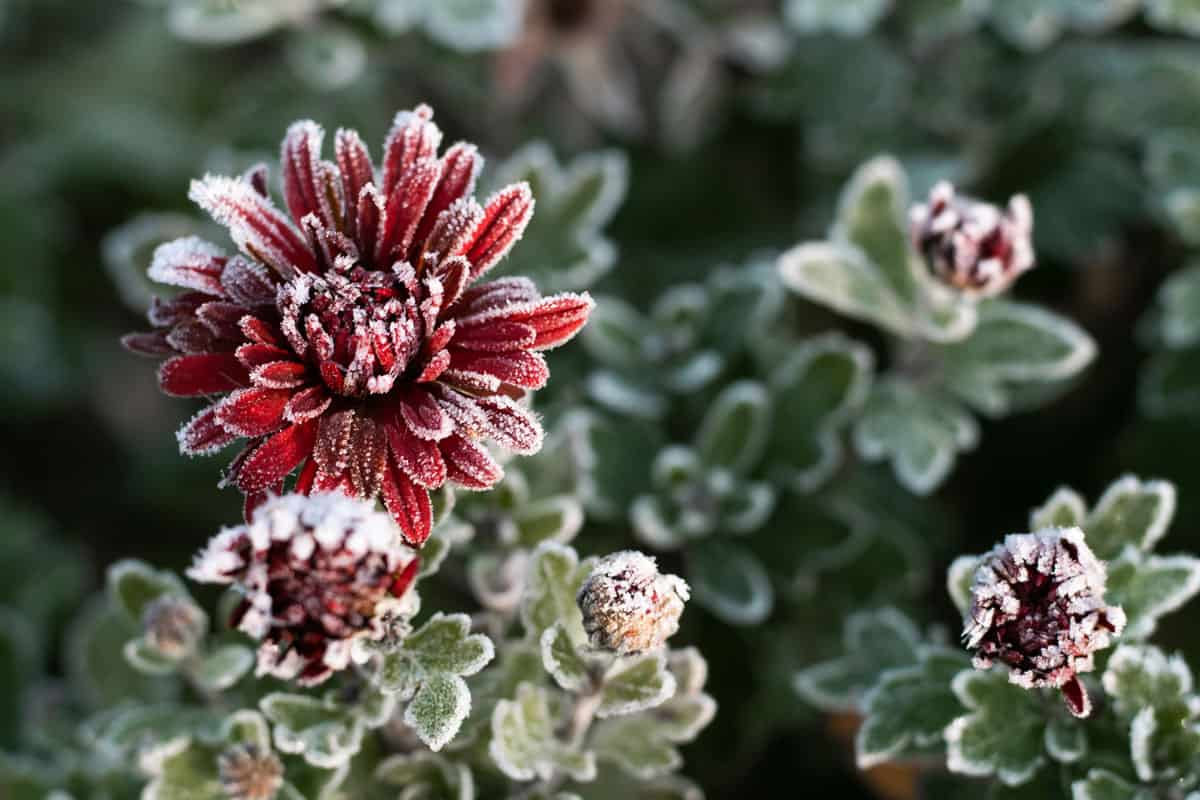
These plants come back year after year. Some are hardy and can survive frost and freezing temperatures, while others are not.
Woody plants
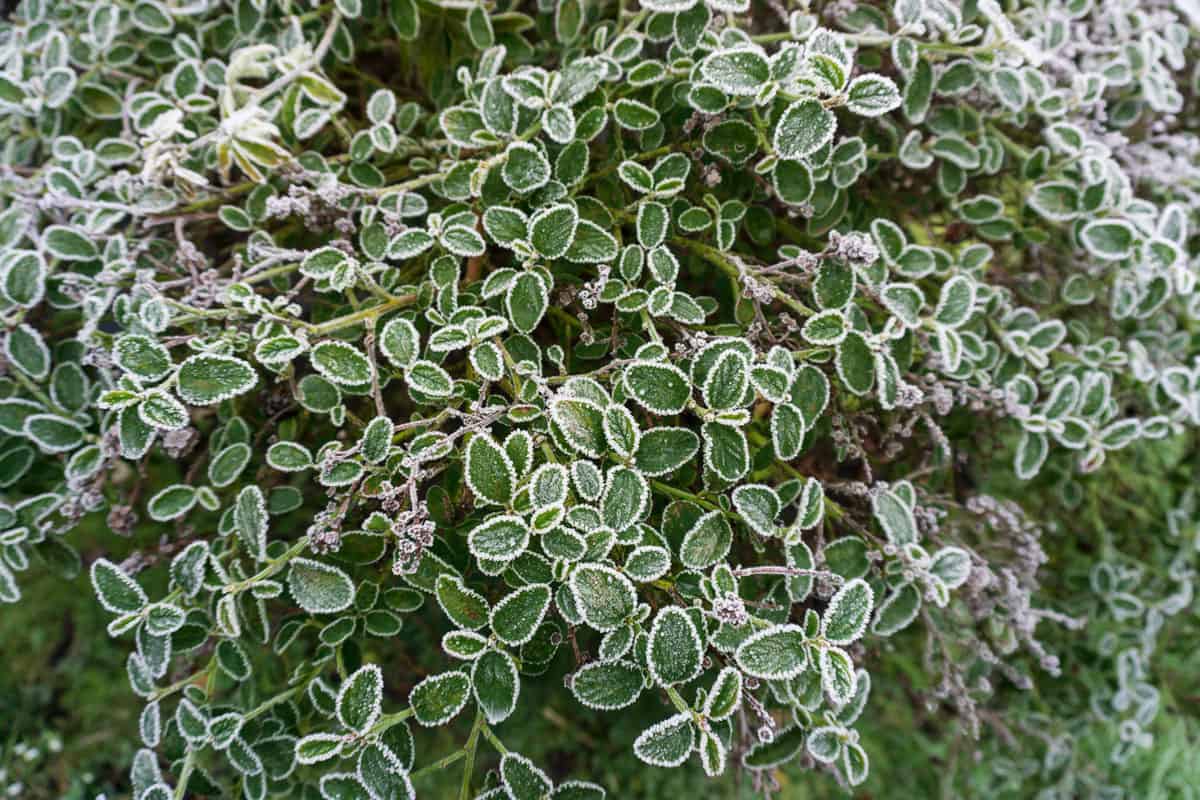
These plants, such as shrubs and trees, have a woody stem that can survive frost and freezing temperatures. But their leaves and buds are often more susceptible to damage.
Now that we've covered the effects on different types of plants, let's take a look at how frost and freezing temperatures can impact specific crops.
Effects on Crops
Frost and freezing temperatures can have a big impact on different types of crops.
Fruits
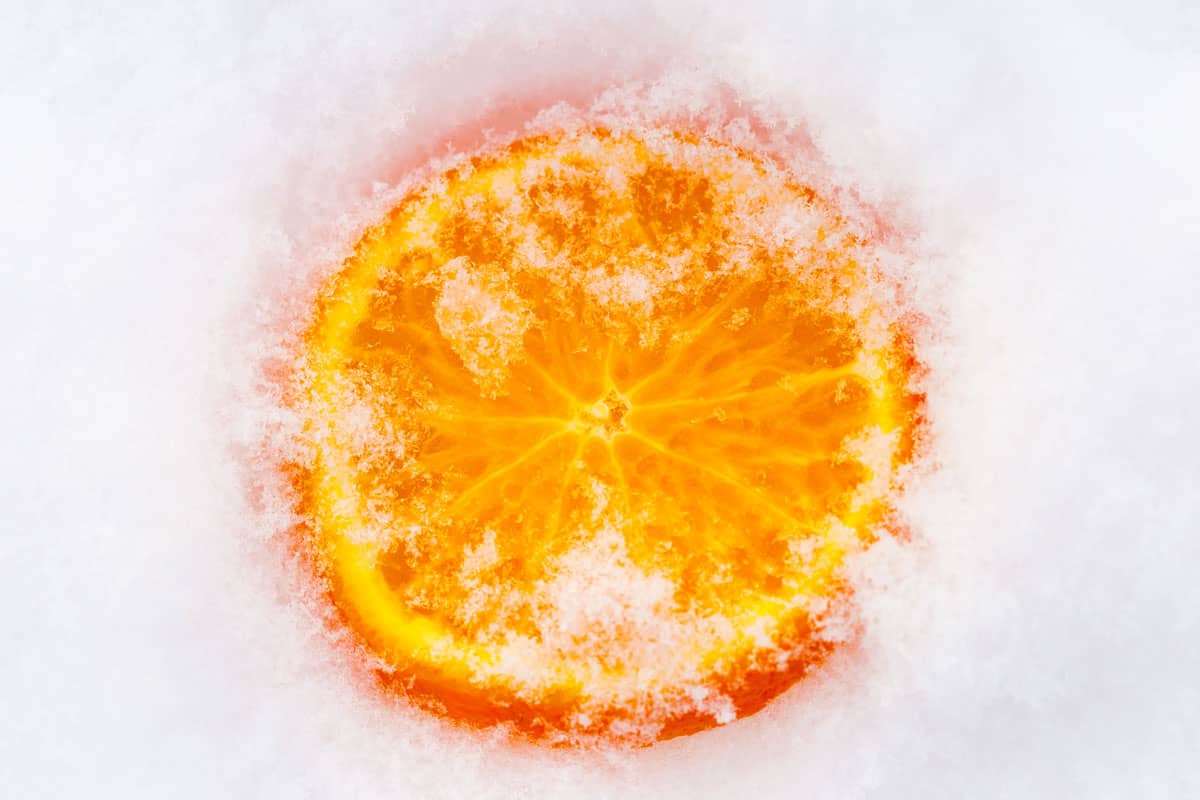
Some fruits, such as apples and pears, can tolerate frost. But others, like citrus fruits, are more sensitive and can be damaged by even a light frost.
Vegetables
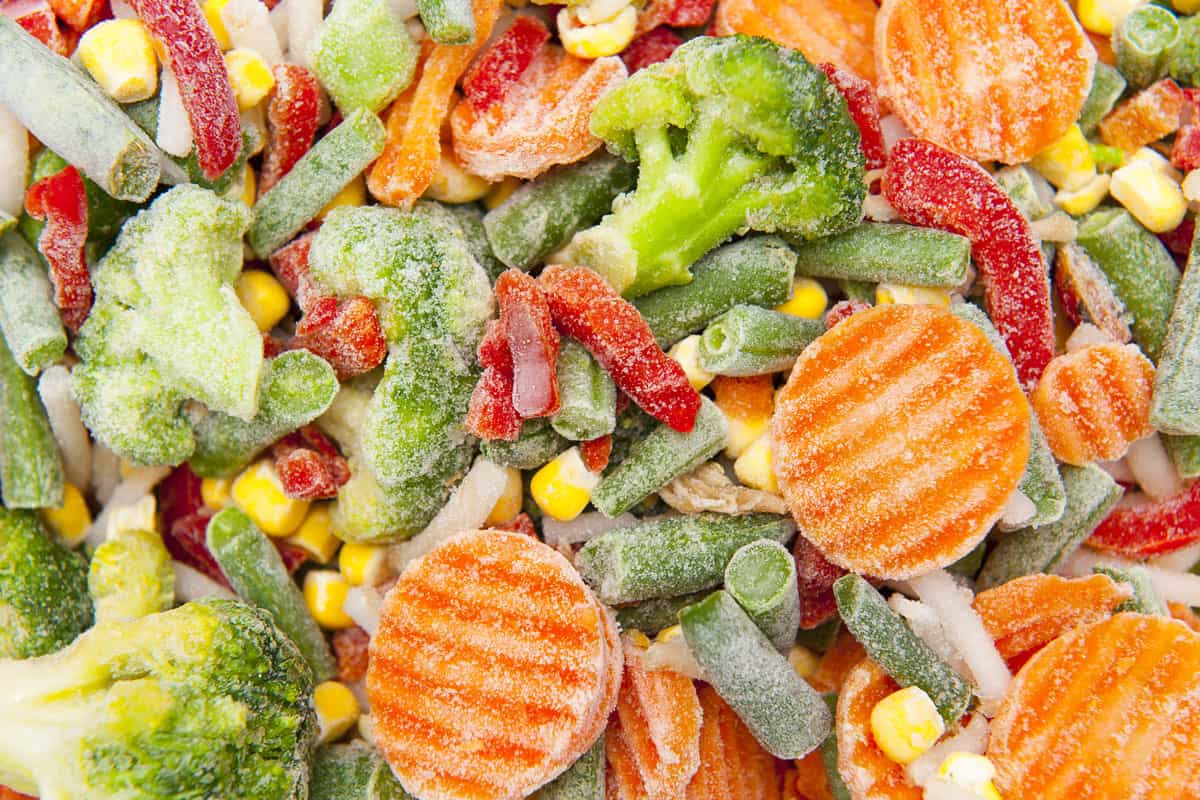
Root vegetables, such as carrots and potatoes, can tolerate frost. But leafy vegetables, such as lettuce and spinach, are more sensitive and can be damaged by even a light frost.
Grains

Some grains, such as wheat and barley, can tolerate frost. But others, such as corn and rice, are more sensitive and can be damaged by even a light frost.
By understanding the effects of frost and freezing on different types of plants and crops, you can take steps to protect them and ensure a successful winter harvest.
Mitigating Frost and Freezing Damage
Now that we understand the effects of frost and freezing on plants and crops, let's look at ways to mitigate the damage.
Protective coverings
Using protective coverings, such as frost blankets or plastic sheeting, can help raise the temperature around plants and crops, preventing damage from frost and freezing.
Irrigation
Irrigating your plants and crops before a frost or freeze can help prevent damage by filling the plant with water, which won't freeze as easily.
Crop selection
Choosing crops that are more tolerant of frost and freezing temperatures can help reduce damage. Knowing which plants and crops are hardy in your area can help you make informed decisions about what to plant.
Keep in mind that these are just a few ways to mitigate frost and freezing damage, and there may be other techniques that are more suitable for your specific situation. Consult with local gardening or farming experts to determine the best course of action for your area.
In Conclusion
Understanding the effects of frost and freezing on plants and crops is crucial for farmers and gardeners. By knowing the science behind frost and freezing, the way different types of plants and crops are affected, and the ways to mitigate the damage, you can take steps to ensure a successful winter harvest.
Protective coverings, irrigation and crop selection are some methods that can help protect plants and crops from frost and freezing damage.
But, it's important to keep in mind that each situation may require different techniques and it's always a good idea to consult with local gardening or farming experts to determine the best course of action.
By being proactive and taking the necessary steps to protect your plants and crops, you can enjoy a bountiful winter harvest despite the harsh weather conditions.
Resources
https://www.weather.gov/source/zhu/ZHU_Training_Page
http://omafra.gov.on.ca/english/crops/facts/85-116.htm
https://succulentsbox.com/blogs/blog/how-to-prepare-your-succulents-for-winter-



